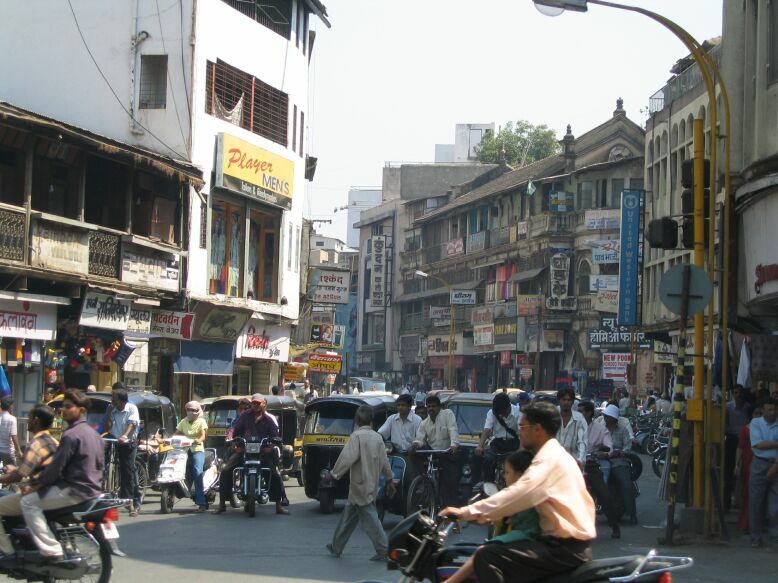
The number of people killed when a gold mine in the Central African Republic caved in at the weekend has risen to 62, local officials said on Friday.
The previous toll from the disaster, which occurred on Sunday when a mudslide destroyed a pit at Ndassima in the centre of the highly unstable, landlocked country, stood at 52.
"In all, 62 people died in this drama. Thirty-seven bodies were able to be brought out ... but at least 27 people have been reported missing to date, according to checks and queries made to relatives and friends," a source in the Ouaka district administration said.
The people who have vanished "have remained under the soil at an inaccessible depth. The search has been called off. Relatives who have not seen their loved ones cannot be assured of finding them alive," the source added.
"The entire population of the Ouaka region is in mourning. People can't stop crying. Just imagine, seven members of a same family perished. It is a real tragedy," Didier Ouangai, mayor of the nearby provincial capital of Bambari, said on Wednesday.
Last Sunday, the president's office in Bangui said that the collapse of the pit was brought about by heavy rain. The new head of state, Michel Djotodia, on Tuesday declared three days of mourning throughout the country.
The gold reserves at the Ndassima mine are estimated at about 3.6 million ounces, worth some 4.2 billion dollars at current market value.
The site, initially exploited by Aurafrique, a subsidiary of the Canadian company Axmin, was closed by the CAR government in 2009 on the grounds of "a general opacity to the detriment of the national interest".
Rebels of the Seleka coalition, whose key leaders included Djotodia, took control of operations at the mine during an offensive launched in January. In March, they toppled president Francois Bozize and seized power in Bangui.
The gold and diamond mining sectors are key to the economy of the country. The diamond business provides directly and indirectly for about a quarter of the population of some 4.5 million.
The infrastructure is rudimentary, however, and the CAR has remained one of the world's poorest and least developed countries despite its mineral wealth.
Saturday 29 June 2013
http://www.news24.com/Africa/News/Mine-collapse-toll-in-CAR-rises-to-62-20130628



